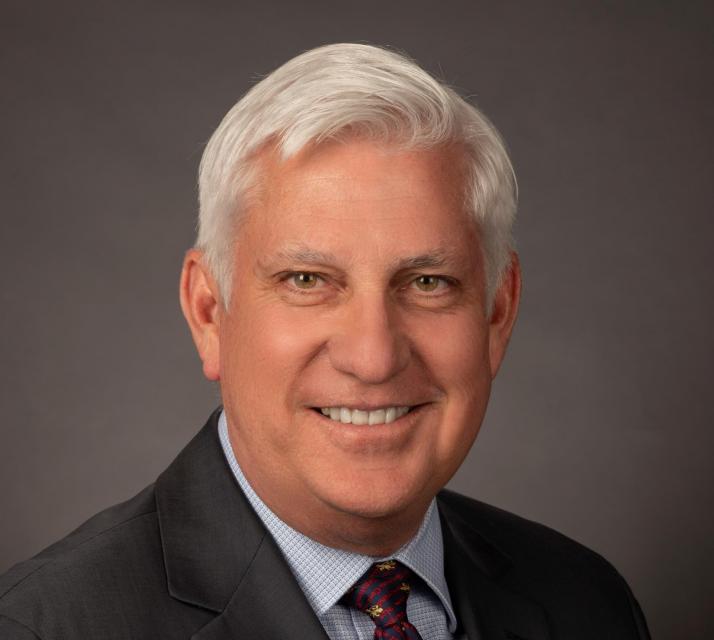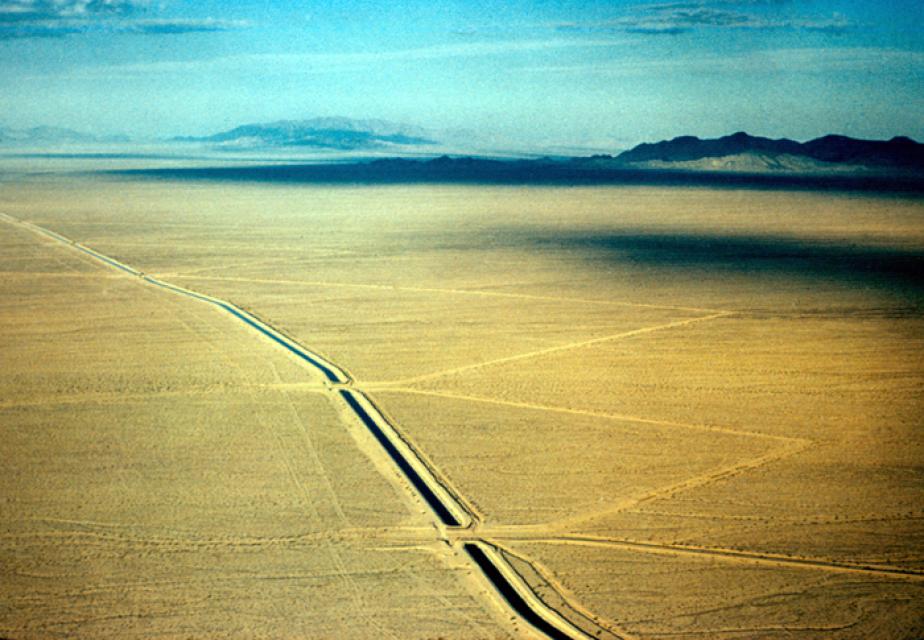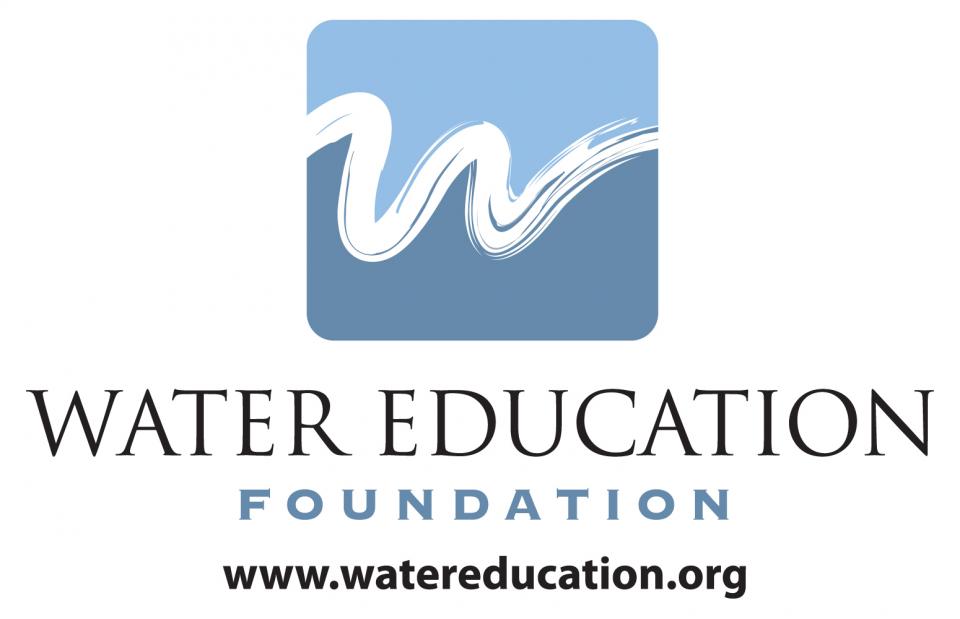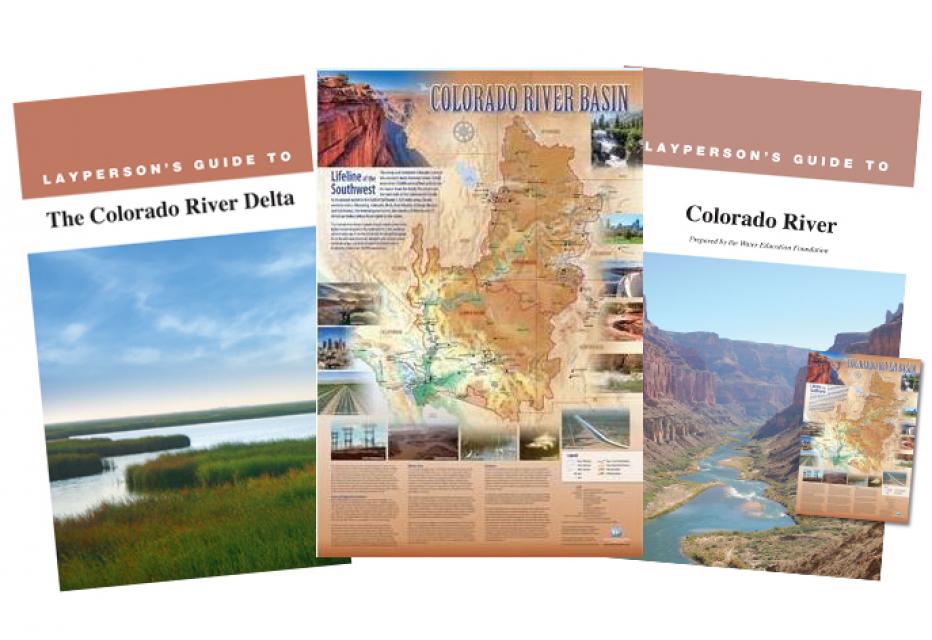MWD’s Jeff Kightlinger Reflects On Building Big Things, Essential Partnerships and His Hopes For the Delta
READ OUR WESTERN WATER Q&A, WATER WORD OF THE DAY AND DON'T-MISS WATER READS FROM ACROSS THE WEST
Dear Western Water readers:
 When you oversee the largest
supplier of treated water in the United States, you tend to think
big. Jeff Kightlinger, general manager of the Metropolitan Water
District of Southern California for the last 15 years, has
focused on diversifying his agency’s water supply and building
security through big investments.
When you oversee the largest
supplier of treated water in the United States, you tend to think
big. Jeff Kightlinger, general manager of the Metropolitan Water
District of Southern California for the last 15 years, has
focused on diversifying his agency’s water supply and building
security through big investments.
Kightlinger spoke with Western Water about how his agency is poised to handle drought, the roadmap for sustainability on the Colorado River and why he believes practicality and necessity will pave the way for the completion of a Delta alternative conveyance facility for the State Water Project. Read the full article here.
Water Around the West
Five don’t-miss articles from around California and the West:
State Plans to Order Drought Restrictions, But It Doesn’t Have Good Water Data To Do It: The San Francisco Chronicle’s Kurtis Alexander writes that even as they ponder drought-induced water supply cutbacks, state regulators do not have an accurate tally of how much water is being pulled from California’s watersheds, nor who exactly is taking it.
Farmers grapple with implications of water cuts: AgAlert’s Christine Souza writes that extreme drought conditions have forced Central Valley farmers to take extraordinary measures, such as tearing out productive trees and idling land, to divert what little water they have to other crops. Consecutive dry winters have virtually halted water deliveries to Central Valley Project contractors.
Lessons for California: Australian Reservoirs Took a Long Time to Recover From Megadrought: Rain has long signaled the end of a drought, but a new analysis of Australia’s worst dry spell in a century reveals many water reservoirs remained low nearly a decade after the rain returned. The data sheds new light on the long-held belief that reservoirs naturally replenish after drought ends. Amanda Pampuro reports in Courthouse News Service.
Microplastics are everywhere. A Nevada researcher wants to know how they spread: The Nevada Independent’s Daniel Rothberg delves into microplastics. The tiny flecks are small — less than 5 millimeters — but they are not uniform. Their presence has been documented for many years now but there are a lot of open questions when it comes to microplastics. Where exactly do they come from? How do they spread throughout the environment? How harmful are they?
Researchers spelunk the Grand Canyon to document its beautiful, confounding springs: Understanding the link between groundwater and surface water in the Colorado River system is a hot topic among researchers. That’s especially true in years like this one, where a modest snowpack in the Rocky Mountains has turned into a severely diminished runoff because of record-dry soils throughout the basin. Ron Dungan reports for KJZZ.
Water Word of the Day
 The Colorado
River Aqueduct, a 242-mile-long channel completed in
1941 by the Metropolitan Water District of Southern California,
carries water from the Colorado River to urban Southern
California. The aqueduct — which can be thought of as a
man-made river — is capable of transporting 1 billion
gallons of water daily to Southern California’s urban
regions. You can learn more about the Colorado River
Aqueduct and other water-related issues in Aquapedia, our free online
water encyclopedia.
The Colorado
River Aqueduct, a 242-mile-long channel completed in
1941 by the Metropolitan Water District of Southern California,
carries water from the Colorado River to urban Southern
California. The aqueduct — which can be thought of as a
man-made river — is capable of transporting 1 billion
gallons of water daily to Southern California’s urban
regions. You can learn more about the Colorado River
Aqueduct and other water-related issues in Aquapedia, our free online
water encyclopedia.
At the Foundation
 We’re moving! Later
this summer, the Foundation will leave its offices in Midtown
Sacramento for new quarters closer to the Sacramento River
beginning in August. We will share the full details later this
summer. In the meantime — and even with COVID-19
work-from-home protocols — we’re still here to help you with
tours, events, publications or teacher training needs. Here’s how to reach us.
We’re moving! Later
this summer, the Foundation will leave its offices in Midtown
Sacramento for new quarters closer to the Sacramento River
beginning in August. We will share the full details later this
summer. In the meantime — and even with COVID-19
work-from-home protocols — we’re still here to help you with
tours, events, publications or teacher training needs. Here’s how to reach us.
Water Academy
 Our discounted Colorado River
Bundle features our beautiful Colorado River map and
our layperson’s guide and gives you the resources you need
to understand the importance of the Colorado River, a source of
water for nearly 40 million people and 4 million acres of
farmland. You can add a Layperson’s Guide to the Colorado River
Delta at a discounted price. To get your Colorado River
Bundle, click
here.
Our discounted Colorado River
Bundle features our beautiful Colorado River map and
our layperson’s guide and gives you the resources you need
to understand the importance of the Colorado River, a source of
water for nearly 40 million people and 4 million acres of
farmland. You can add a Layperson’s Guide to the Colorado River
Delta at a discounted price. To get your Colorado River
Bundle, click
here.








